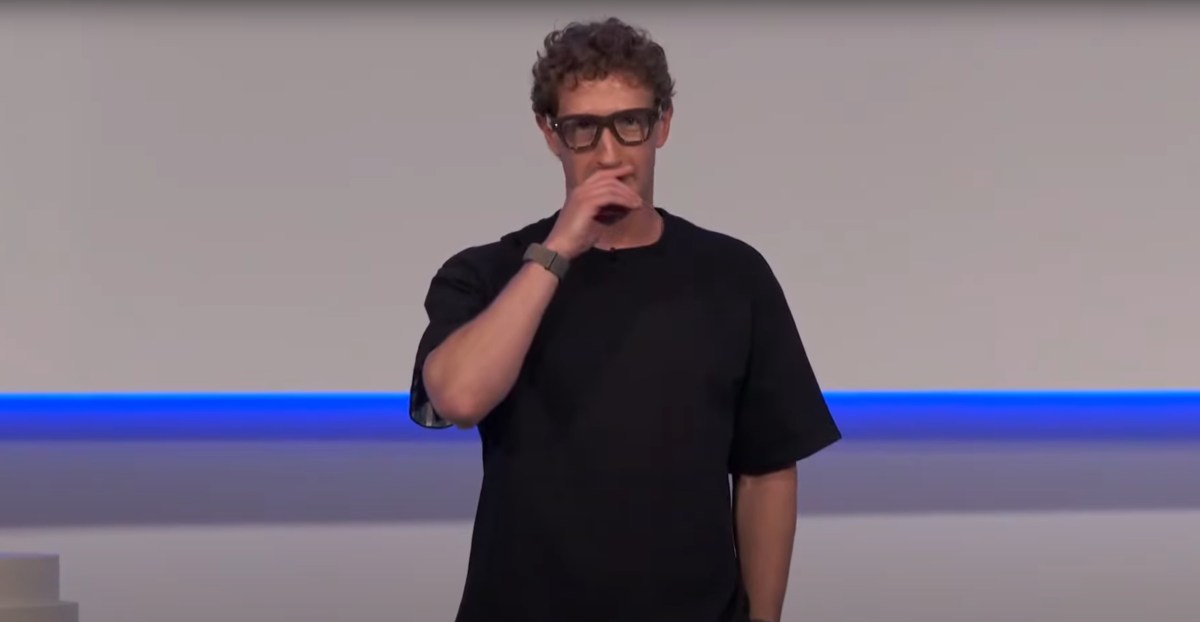
Google signs first utility PPA for Kairos Hermes 2 reactor with TVA
Sources: https://www.theverge.com/news/761809/nuclear-energy-google-ai-advanced-reactor-kairos-tva-electricity-utility, theverge.com
TL;DR
- Google and the Tennessee Valley Authority (TVA) have signed a power purchase agreement to buy electricity from Kairos Power’s Hermes 2 reactor in Oak Ridge, Tennessee, marking the first such agreement for this advanced technology by a U.S. utility. The Verge
- Hermes 2 uses molten fluoride salt as a coolant and is planned to deliver about 50 MW of capacity, with Google set to receive clean energy attributes as part of the deal. The Verge
- The arrangement supports Google’s broader goal of adding up to 500 MW of new nuclear capacity by 2035, with Hermes 2 expected to supply the local grid serving Google’s Tennessee and Alabama data centers starting around 2030. The Verge
- The deal illustrates how clean energy attributes and power supply contracts can help developers deploy carbon-free power to the grid, while reflecting ongoing tensions and expectations around US nuclear innovation. The Verge
Context and background
Oak Ridge, Tennessee, has a deep history with nuclear development dating to the Manhattan Project era. Today it is the site of Kairos Power’s Hermes program, which aims to demonstrate a next-generation reactor using molten salt cooling rather than the traditional water-cooled approach. Kairos broke ground on its Hermes demonstration plant after receiving the Nuclear Regulatory Commission’s first construction permit in more than half a century for a non-water-cooled reactor. The Hermes 2 project, now under development, is positioned as one of the first reactors in a broader effort to revitalize a U.S. nuclear sector that some see as lagging behind other low- to zero-emission generation sources. The Verge Google has previously signaled interest in purchasing electricity from Kairos’ modular approach, with Hermes 2 described as the next step in Kairos’ demonstration program. The plan is clear: if Hermes 2 can deliver its stated capacity and reliability, it could help scale up nuclear output to meet rising electricity demand from major technology users and grid operators alike. The Verge In the broader context, the U.S. nuclear fleet consists of about 94 operating reactors with a combined capacity near 97,000 MW, contributing roughly one-fifth of the nation’s electricity mix in 2024. Hermes 2’s development reflects ongoing industry and policy interest in modern, potentially lower-cost nuclear options that could complement renewables and natural gas. The Verge
What’s new
The core development is the power purchase agreement between Google, TVA, and Kairos Power. TVA will buy electricity from Hermes 2 as it is developed near Oak Ridge and will subsequently provide clean energy attributes to Google, tying the company’s electricity use to carbon-free generation beyond what’s supplied by the existing grid. Hermes 2 is designed to deliver up to 50 MW of capacity, with construction and commissioning aiming toward grid delivery by around 2030. The agreement also fits into Google’s longer-term objective to help Kairos deploy up to 500 MW of new nuclear capacity in the United States by 2035. The Verge The announcement builds on earlier reports that Google would purchase electricity from multiple small modular reactors designed by Kairos Power. Hermes 2 is described as the next major milestone in Kairos’ program, following the Hermes demonstration reactor that began development last year after the NRC permit. This sequence underscores a push to bring more modern, high-temperature, low-pressure reactor designs into commercial operation. The Verge
Why it matters (impact for developers/enterprises)
For developers and large electricity users, acquiring carbon pollution-free power can be financially meaningful through two channels: sale of the electricity itself and the sale of clean energy attributes, which are certificates representing environmental benefits of avoiding fossil fuel emissions. Google will receive these clean energy attributes from Hermes 2 via TVA, supporting its climate and sustainability goals while potentially improving the economics of deploying carbon-free generation to meet corporate demand. While the benefits of these attributes can be debated in terms of environmental impact accounting, the arrangement demonstrates a pathway for integrating innovative nuclear projects into corporate decarbonization strategies. The Verge From a broader industry perspective, the deal could help accelerate the deployment of next-generation nuclear technologies that promise different cost and design contours compared with legacy reactors. If successful, Hermes 2 and similar projects could contribute additional carbon-free capacity to the grid and provide new options for meeting rising electricity demand from AI workloads and data centers, alongside renewables and gas-fired generation. The Verge
Technical details or Implementation
Kairos Power’s Hermes 2 relies on molten fluoride salt as a coolant, unlike conventional water-cooled reactors. This design choice offers a higher boiling point and the ability to operate at relatively low pressure, which in turn reduces the need for large, high-pressure containment structures and can lower upfront costs. Hermes 2 is part of Kairos’ broader Hermes program, which began with a demonstration reactor prior to Hermes 2 and has already received the NRC’s construction permit for a non-water-cooled reactor in more than fifty years. Oak Ridge, the reactor site, is deeply tied to the region’s nuclear history and is now a hub for new nuclear energy projects and research. The Verge The technical assessment suggests that low-pressure, molten-salt cooling could enable simpler containment and potential cost reductions, factors that are central to Kairos’ strategy for scaling up to hundreds of megawatts of new nuclear capacity. Hermes 2’s target capacity of 50 MW represents a stepping stone toward the broader goal of adding 500 MW by 2035. Google’s plan links the reactor’s output to its data-center operations in Tennessee and Alabama, with the local grid expected to benefit from the additional zero-emission power as the project progresses toward commercial operation. The Verge From a grid perspective, TVA’s involvement signals a shift in how utilities partner with private sector players to procure carbon-free power and associated environmental credits, a model that could influence future PPA activity around advanced nuclear and other low-emission technologies. The Verge
Key takeaways
- First PPA by a U.S. utility for this level of advanced nuclear technology connects Google’s data-center power needs with Kairos Power’s Hermes 2 project via TVA. The Verge
- Hermes 2 uses molten fluoride salt coolant and aims for relatively low-pressure operation, enabling potential cost reductions and simpler containment relative to traditional reactors. The Verge
- Google’s long-term target includes deploying up to 500 MW of new nuclear capacity by 2035, with Hermes 2 expected to deliver electricity to Google’s TN/AL data-center grid around 2030. The Verge
- The deal underscores how clean energy attributes can support corporate decarbonization while highlighting ongoing debates about the environmental impact of such certificates. The Verge
FAQ
-
What is Hermes 2 and how does it differ from conventional reactors?
Hermes 2 is Kairos Power’s next-generation reactor that uses molten fluoride salt as a coolant and operates at low pressure, reducing the need for large high-pressure containment structures and aiming for lower costs compared with traditional water-cooled reactors. [The Verge](https://www.theverge.com/news/761809/nuclear-energy-google-ai-advanced-reactor-kairos-tva-electricity-utility)
-
What is TVA’s role, and how does Google benefit?
TVA will purchase electricity from Hermes 2 and provide Google with clean energy attributes, aligning Google’s energy use with carbon-free generation through a utility-backed PPA. [The Verge](https://www.theverge.com/news/761809/nuclear-energy-google-ai-advanced-reactor-kairos-tva-electricity-utility)
-
What are clean energy attributes, and how do they affect Google’s accounting?
Clean energy attributes are certificates representing the environmental benefits of avoiding fossil emissions; they can be sold separately from the electricity itself, helping companies claim support for clean power usage. [The Verge](https://www.theverge.com/news/761809/nuclear-energy-google-ai-advanced-reactor-kairos-tva-electricity-utility)
-
What are the next steps and potential impact for Kairos and Google?
If Hermes 2 proceeds to plan milestones, it could pave the way for more nuclear capacity and set a precedent for private-public collaborations around advanced reactors, contributing to Google’s decarbonization goals and broader grid resilience. [The Verge](https://www.theverge.com/news/761809/nuclear-energy-google-ai-advanced-reactor-kairos-tva-electricity-utility)
References
More news
First look at the Google Home app powered by Gemini
The Verge reports Google is updating the Google Home app to bring Gemini features, including an Ask Home search bar, a redesigned UI, and Gemini-driven controls for the home.
Meta’s failed Live AI smart glasses demos had nothing to do with Wi‑Fi, CTO explains
Meta’s live demos of Ray-Ban smart glasses with Live AI faced embarrassing failures. CTO Andrew Bosworth explains the causes, including self-inflicted traffic and a rare video-call bug, and notes the bug is fixed.
OpenAI reportedly developing smart speaker, glasses, voice recorder, and pin with Jony Ive
OpenAI is reportedly exploring a family of AI devices with Apple's former design chief Jony Ive, including a screen-free smart speaker, smart glasses, a voice recorder, and a wearable pin, with release targeted for late 2026 or early 2027. The Information cites sources with direct knowledge.
Shadow Leak shows how ChatGPT agents can exfiltrate Gmail data via prompt injection
Security researchers demonstrated a prompt-injection attack called Shadow Leak that leveraged ChatGPT’s Deep Research to covertly extract data from a Gmail inbox. OpenAI patched the flaw; the case highlights risks of agentic AI.
How chatbots and their makers are enabling AI psychosis
Explores AI psychosis, teen safety, and legal concerns as chatbots proliferate, based on Kashmir Hill's reporting for The Verge.
Google expands Gemini in Chrome with cross-platform rollout and no membership fee
Gemini AI in Chrome gains access to tabs, history, and Google properties, rolling out to Mac and Windows in the US without a fee, and enabling task automation and Workspace integrations.





